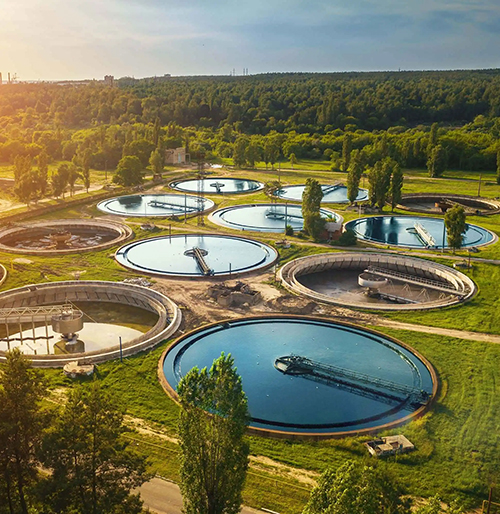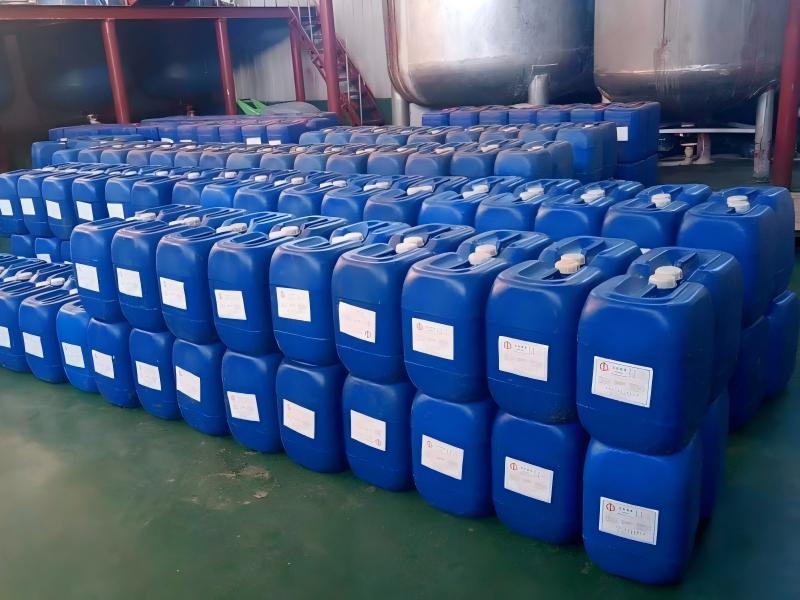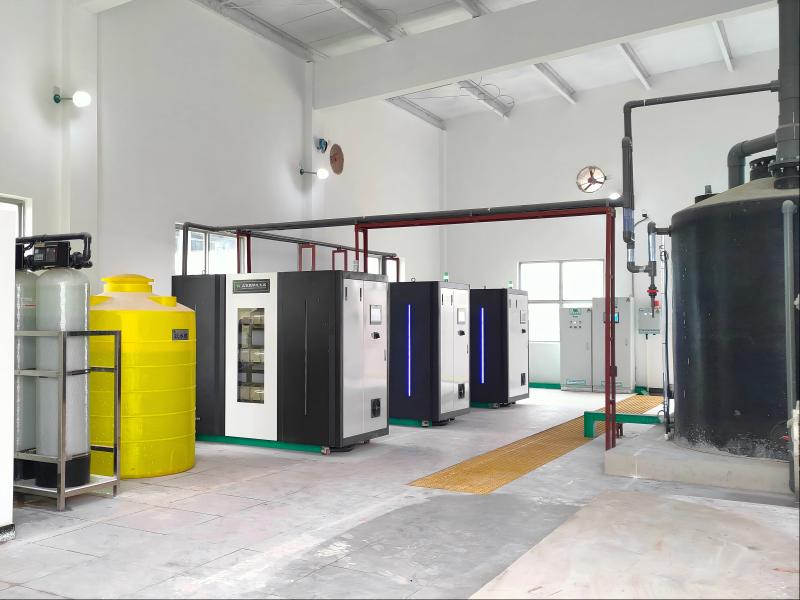
How to Achieve the Best Dosing Effect of Sodium Hypochlorite?
When disinfecting with sodium hypochlorite, to achieve reliable and lasting disinfection effects, the dosage should meet two requirements:
The "chlorine demand" required to kill bacteria to meet specified disinfection indicators and to oxidize organic matter, etc.
The "residual chlorine" needed to suppress the regrowth of residual bacteria in the water. The specification of residual chlorine also provides a simple method for determining the dosage and evaluating the disinfection effect.
The control of chlorine dosage during disinfection treatment varies depending on the raw water quality and disinfection requirements. For example, taking the raw water of a certain wastewater treatment plant as an example, by adding different concentrations of sodium hypochlorite solution and measuring the fecal coliform content after a contact time of 30 minutes, the inactivation effect of different concentrations of sodium hypochlorite on fecal coliforms in secondary effluent after 30 minutes of action can be observed.
After dosing sodium hypochlorite into the secondary effluent, the number of fecal coliforms significantly decreases. When the sodium hypochlorite dosage is above 2 mg/L, the removal rate of fecal coliforms exceeds 99%.
Under consistent experimental conditions, when the sodium hypochlorite dosage reaches 4 mg/L, the number of fecal coliforms in multiple different effluents drops below 10³ cells/L, meeting the Class 1A standard requirements. This indicates that sodium hypochlorite has a good inactivation effect on fecal coliforms.
Of course, during disinfection with sodium hypochlorite, residual chlorine is always present to some extent. When the residual chlorine level is maintained above 0.9 mg/L (measured as effective chlorine), the number of fecal coliforms can be kept below 200 cells/L, with a sodium hypochlorite dosage of approximately 4 mg/L. During the disinfection process, there is a certain competitive relationship between reducing substances such as ammonia nitrogen in the raw water and fecal coliforms for the utilization of sodium hypochlorite, but the inactivation of fecal coliforms by sodium hypochlorite plays a dominant role.
When the sodium hypochlorite dosage is within 5 mg/L, it is primarily used to inactivate fecal coliforms. Meanwhile, a small amount of sodium hypochlorite reacts with other reducing substances, partially consumed and partially forming combined residual chlorine through reaction with ammonia. When the sodium hypochlorite dosage ranges from 15 mg/L to 25 mg/L, the residual chlorine remains around 7.8 mg/L (measured as effective chlorine), indicating that as the sodium hypochlorite dosage increases, the residual chlorine in the water interacts simultaneously with other reducing substances in the secondary effluent.
Comparison of Sodium Hypochlorite Dosing Processes
Currently, mainstream sodium hypochlorite dosing systems are mainly divided into two types: "dosing with purchased sodium hypochlorite solution" and "on-site preparation and dosing using sodium hypochlorite generators." The comparison between these two dosing systems is as follows.


From the above comparison, it can be seen that the disinfection effects and treatment cost per ton of water are similar for both dosing methods.
Therefore, for locations with sufficient supply of finished chemicals (with three or more suppliers meeting the requirements), it is recommended to use purchased sodium hypochlorite solution for dosing. This approach has relatively low operation and maintenance costs, shorter equipment ordering and construction cycles, and no special requirements for daily operation and maintenance.
For small-scale water treatment plants, especially in areas with limited supply sources or inconvenient transportation, it is recommended to use on-site sodium hypochlorite generators for preparation and dosing. This avoids the potential risk of reduced disinfection effectiveness due to long-term storage and degradation of chemicals.
| Item | 10% sodium hypochlorite Finished Product | On site sodium hypochlorite generator |
| Production Process | Chlor-alkali plant by product | Electrolysis of salt water |
| Raw material Transportation | tanker truck specialized transportation | Normal transportation of salt |
| Storage |
Huge amount storage for 2~6 month, the concentration will be loss by month |
on site production ,on site dosage , storage time not over 3 days |
| Product Concentration | 8~12% | 0.5~0.8% |
| Features | Strong irritating odor, hazardous chemical | Slightly odor, none hazardous chemical |
| stability | High-concentration finished product is unstable and prone to decomposition. | Low concentration of finished product, more stable and not easy to decomposition |
| Maitenance | No special requirements. | One professional operator |
| Operation cost by m3 of water (base on 5ppm dosing) | 0.0128usd/m3 | 0.00376usd/m3 |
